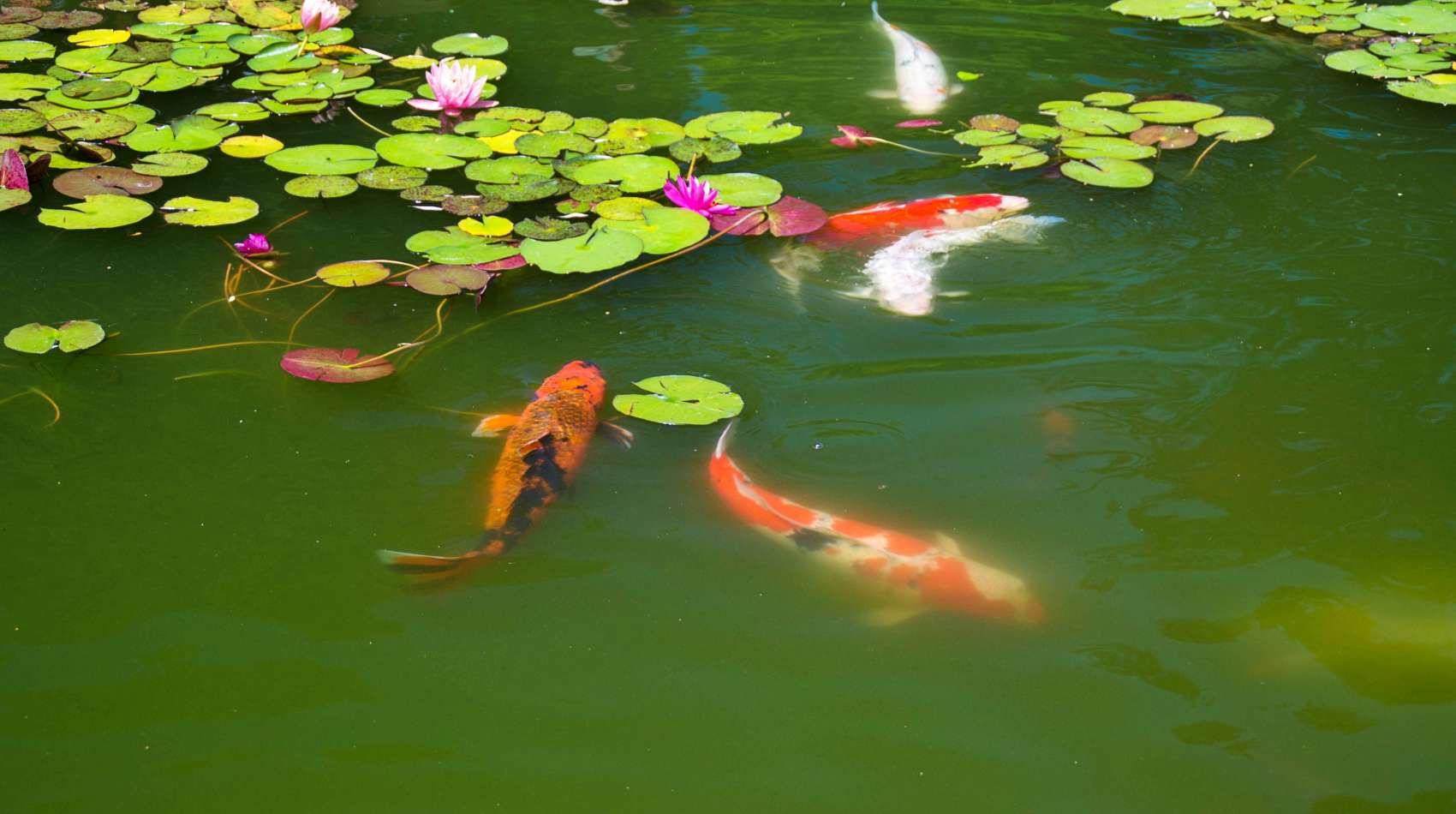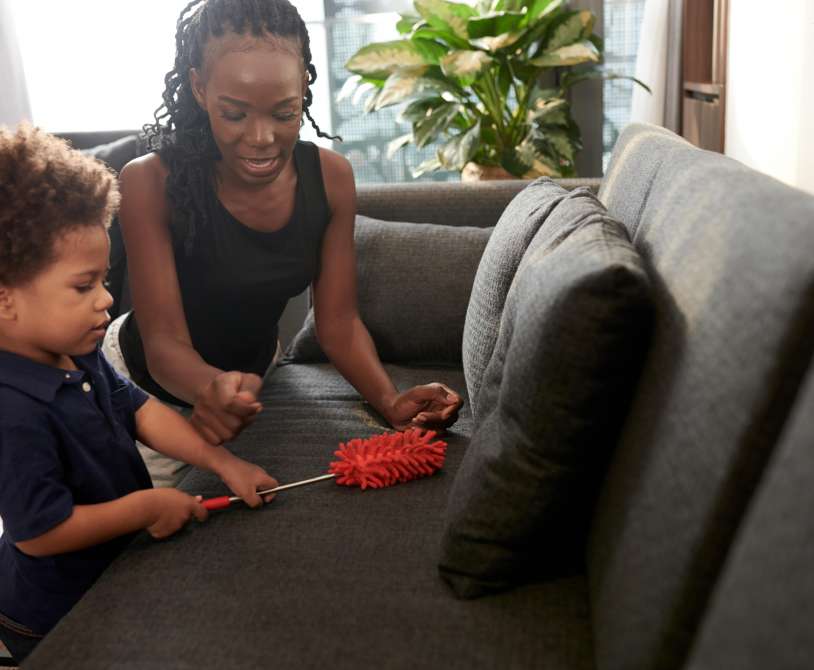Garden fish ponds are a beautiful addition to any home, and can be designed to fit any budget and space. Here are some tips on designing the perfect garden fish pond for your home.
The first thing to consider when designing a garden fish pond is the size. It is important to make sure the pond is large enough for the fish you want to keep. The average size for a goldfish is about 10 gallons, so you will need at least a 10 gallon pond. If you want to keep koi, they will need a much larger pond, at least 50 gallons per fish.
The next thing to consider is the shape of the pond. Rectangular ponds are the most common, but you can also choose from circular, oval, or even custom shapes. The important thing is to make sure the pond is deep enough for the fish you want to keep. A depth of at least 2 feet is necessary for most goldfish, and at least 5 feet for koi.
The next consideration is where to place the pond. It is important to place the pond in an area that gets at least 6 hours of sunlight per day. This will ensure that the plants in the pond have enough light to grow. The pond should also be placed away from trees, as the roots can damage the liner and allow leaks.
Once you have decided on the size and shape of the pond, it is time to choose a liner. There are many different types of liners available, but PVC liners are the most common and least expensive. They are also easy to install, which is important if you are doing it yourself.
After the liner is installed, it is time to fill the pond with water. You can use a garden hose or a water pump to fill the pond. Be sure to use dechlorinated water, as chlorine can be harmful to fish.
Now it is time to add your plants and fish. There are many different types of plants that can be used in ponds, but floating plants are often the best choice. They provide shade and oxygenation for the fish, and help keep the water clean. Some good floating plants for ponds include water hyacinths, water lilies, and lotus plants.
As for fish, goldfish are a good choice for most ponds. They are hardy and relatively easy to care for. If you want something a little more exotic, koi are also a good option. They are larger than goldfish and require more care, but they are very beautiful creatures.
With these tips, you should be well on your way to designing the perfect garden fish pond for your home.
Best Fishes for Garden Fish Pond
Garden fish ponds are a great addition to any home. Not only do they add beauty and serenity, but they can also provide a home for a variety of different fish. If you’re thinking about adding a garden fish pond to your home, you’ll need to choose the right type of fish for your climate and pond size. Here are some of the best fish for garden fish ponds:
Goldfish: Goldfish are one of the most popular choices for garden fish ponds. They’re hardy and can tolerate a wide range of temperatures, making them ideal for ponds in both warm and cold climates. Goldfish come in a variety of colors, so you can choose the perfect fish for your pond’s aesthetic.
Koi: Koi are another popular choice for garden fish ponds. Like goldfish, they’re hardy and can tolerate a wide range of temperatures. Koi are also available in a variety of colors, so you can create a beautifully colored pond.
Catfish: Catfish are a good choice for garden fish ponds because they help keep the pond clean by eating algae and other debris. They’re also relatively hardy and can tolerate a wide range of temperatures.
Tetras: Tetras are a good choice for garden fish ponds because they’re small and don’t produce a lot of waste. They’re also relatively hardy and can tolerate a wide range of temperatures.
Guppies: Guppies are a good choice for garden fish ponds because they reproduce quickly and are easy to care for. They’re also relatively hardy and can tolerate a wide range of temperatures.
If you’re thinking about adding a garden fish pond to your home, these are some of the best fish to choose from. Goldfish, koi, catfish, tetras, and guppies are all good choices that will thrive in your pond.
How to plant Lilies and Lotus in a Fish Pond
Lilies and lotus are two of the most popular aquatic plants, and for good reason. Not only are they beautiful, but they also help keep your pond water clean and healthy.
If you’re thinking about adding lilies or lotus to your pond, there are a few things you need to know first. In this article, we’ll cover everything from choosing the right plants to properly planting and caring for them.
Choosing the Right Plants
There are many different types of lilies and lotus, so it’s important to choose the right ones for your pond. Consider the following factors:
Size: Lilies and lotus come in a variety of sizes. Make sure to choose plants that will fit comfortably in your pond.
Light: Most lilies and lotus need full sun to thrive. If your pond doesn’t get a lot of sun, look for varieties that can tolerate partial shade.
Water depth: Some lilies and lotus need deep water to grow, while others do fine in shallow water. Again, it’s important to choose plants that will do well in the conditions of your pond.
Planting Your Lilies and Lotus
Once you’ve chosen the right plants, it’s time to plant them. Here are some tips:
If you’re using potted plants, make sure to remove them from the pot and loosen the roots before planting. This will help them establish themselves more quickly.
When placing the plants in the pond, make sure the crown (the part of the plant where the leaves emerge) is above the waterline. This is especially important for lilies, as they can rot if their crown is submerged for too long.
If you’re adding multiple plants, be sure to give them enough space. Lilies and lotus can spread rapidly, so you don’t want them to crowd each other out.
Once the plants are in place, gently backfill with soil or gravel until they’re securely in place. Then, add water until it covers the roots.


